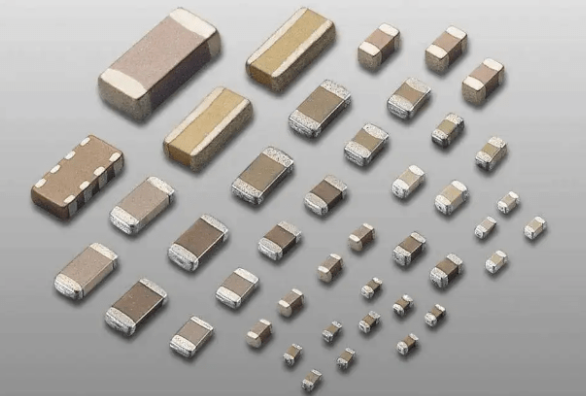
Ceramic capacitors are also divided into high frequency ceramic capacitors and low frequency ceramic capacitors. And both ceramic capacitors have the characteristics of good stability, insulation and high voltage resistance. And in some relatively harsh environments, it can still work normally. However, the capacity of general ceramic capacitors is relatively small. Because the biggest characteristic of ceramic capacitors is that the insulation is particularly good, they are widely used in electronics, electrical appliances and anti-shock industries.
High-frequency ceramic capacitor: It has a relatively small positive capacitance temperature coefficient, and is generally used in a highly stable oscillation circuit, and acts as a circuit capacitor and a pad capacitor.
Low-frequency ceramic capacitors: Its range of use is limited, and it is generally limited to use in circuits with relatively low operating frequencies, or in circuits that do not require high stability.
In use, generally high-frequency ceramic capacitors are widely used. In many high-power and high-voltage fields, high-frequency ceramic capacitors are used. In recent years, with the application of materials, counter electrodes and manufacturing techniques have changed a lot. Ceramic capacitors have also changed a lot, and they are widely used in our lives, and have become an indispensable electronic component in many electronic products. Especially in some relatively large electrical appliances, its role is very important.
The unit of ceramic capacitors is pf. The direct addition unit of one number or two numbers is its capacitance value, such as: mark 30, it is a capacitance of 30pf; three-digit number such as: 103 is 10000pf, that is, 10 times 10. 3 times, 331 for 330pf
1. Exchange of stored energy
This is the most basic function of ceramic capacitors, mainly through its charging and discharging process to generate and superimpose electrical energy capacity. This is mainly based on a large number of second-class monolithic capacitors, and in some cases can even replace aluminum electrolytic capacitors and tantalum electrolytic capacitors.
2. Interaction through direct current
Since the ceramic capacitor is not an energized conductor, it shows the phenomenon of electrification at both ends through regular turning. Therefore, in the circuit, it can link other components, make the alternating current pass through, and block the direct current one by one, forming a current interaction. circuit.
In the following AC circuit, the ceramic capacitor will be charged and discharged with the change of the electrode of the input signal, so that the poles connecting the two ends of the electrode will reach a saturated state and play the role of coupling.
Generally speaking, the ceramic capacitors connected to the input terminal of amplifiers or operational amplifiers are coupling capacitors, mainly the second type of ceramic capacitors, especially those with a capacity of 0.1uF.
3. Identification of frequency radio waves
In the mixed circuit, if there is more than one frequency signal, we need to separate each part of the ceramic capacitor. In general, most of the bad low frequency signals are filtered out by testing a reasonably saturated ceramic capacitor. Then a mixed product that is mainly high frequency can be used.
4. Suppress excessive capacitance
It is precisely because the capacitor is a product that stores electrical energy, so in the circuit, it can easily remove those short excess pulse signals, and then absorb the excess electricity generated by the voltage fluctuations in the circuit to form a new circuit.